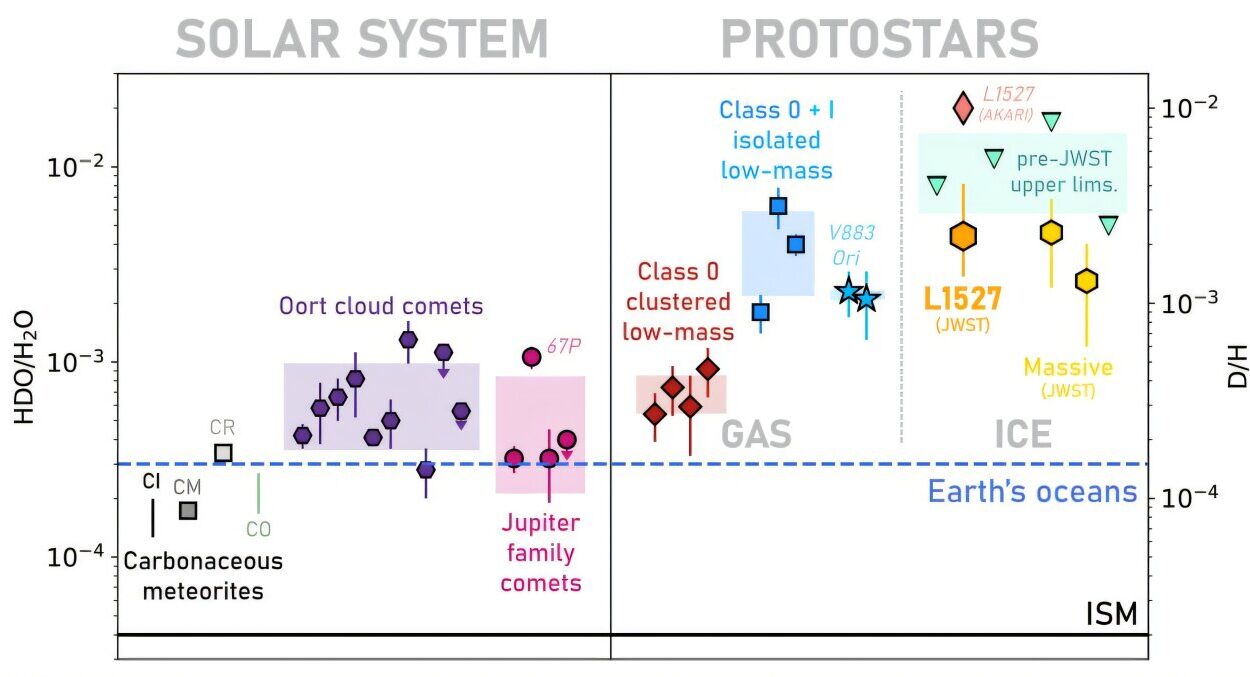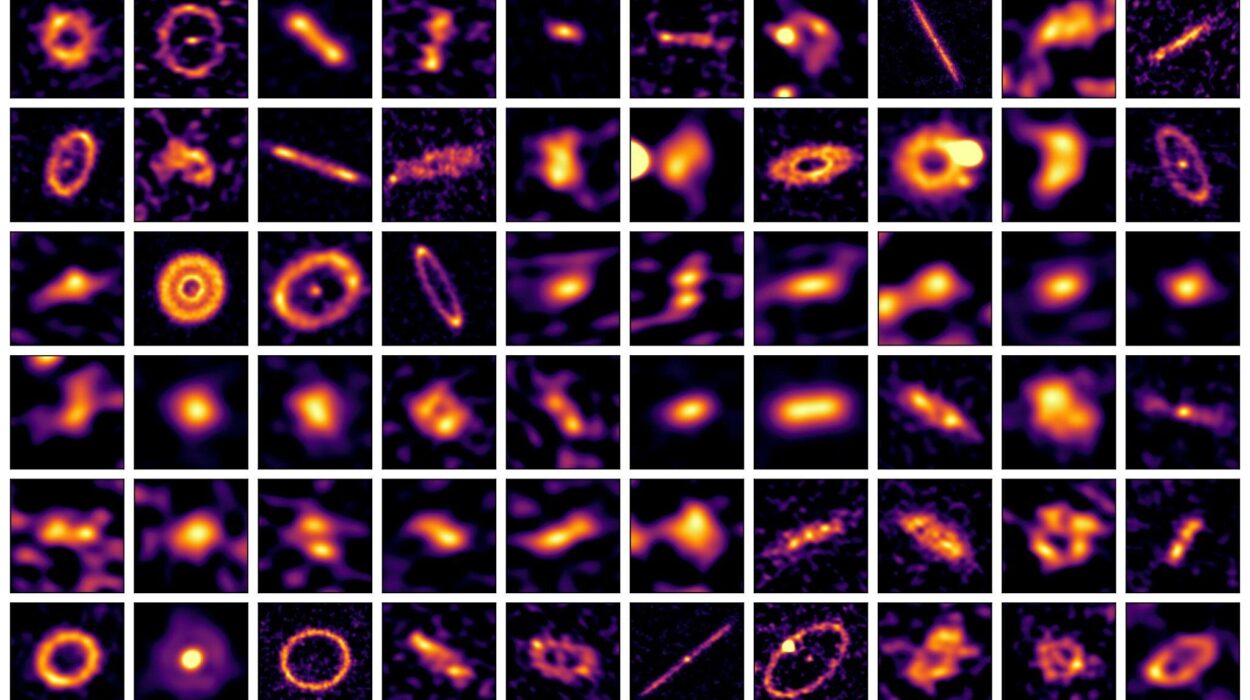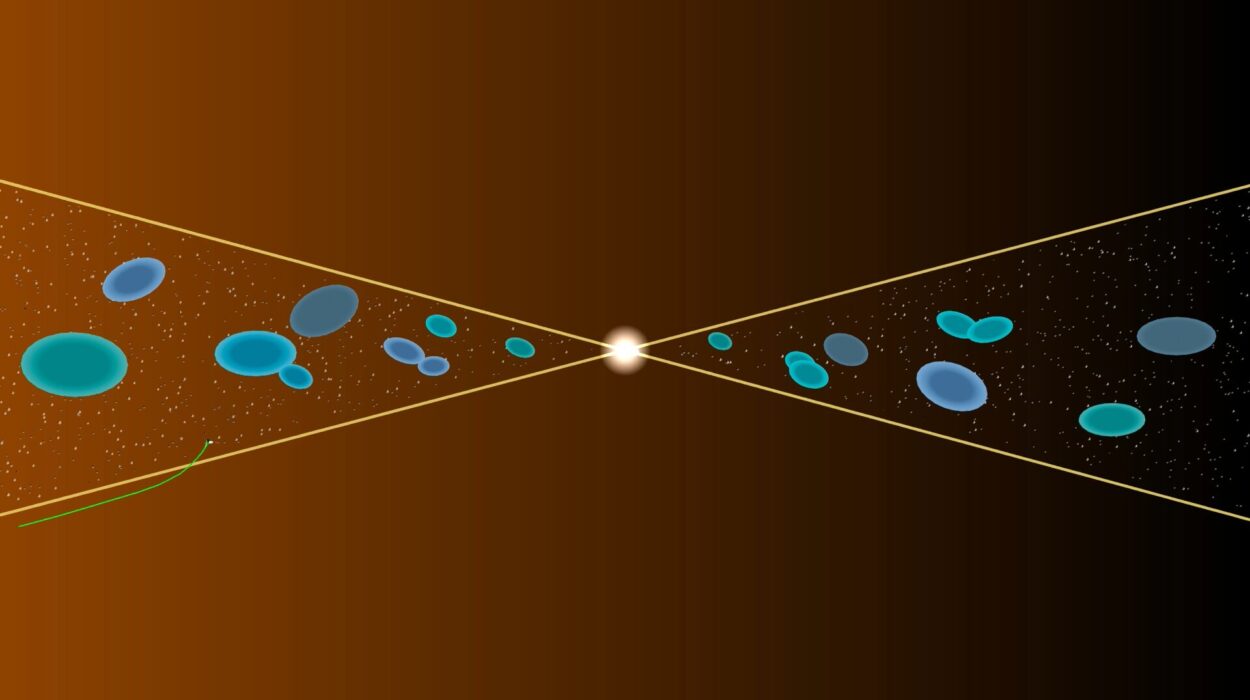Researchers at Curtin University have made a groundbreaking discovery that could reshape our understanding of planetary formation and the origins of life. The team, led by experts from the School of Earth and Planetary Sciences, was among the first in the world to analyze samples collected by NASA’s OSIRIS-REx mission. These samples were taken from the ancient asteroid Bennu, offering scientists an unprecedented glimpse into the early history of our solar system.
Asteroid Bennu: A Window into Solar System Formation
Asteroid Bennu, believed to be composed of rubble fragments from a 4.5-billion-year-old parent body, holds crucial insights into the formation of our solar system. The parent body of Bennu is thought to have been destroyed in a collision with another object long ago. What remains today is a collection of materials that originated beyond Saturn, preserved in the form of Bennu’s debris. These materials offer a snapshot of the chemical processes that occurred in the early solar system, making Bennu one of the most significant objects for understanding planetary formation.
The OSIRIS-REx mission, a seven-year-long project led by NASA, was designed to collect and return samples from Bennu. The samples, which are the largest ever retrieved from a world beyond the Moon, offer invaluable insights into the chemical composition and conditions that existed on the parent body of the asteroid.
The Discovery of Extraterrestrial Salts
One of the most significant discoveries from the OSIRIS-REx sample analysis is the identification of a variety of salts, including sodium carbonates, phosphates, sulfates, and chlorides. These compounds are crucial for understanding the chemical processes that took place on Bennu’s parent body and may offer clues about the origins of life itself.
Among the salts identified, the discovery of halite—sodium chloride, the same type of salt used on Earth for seasoning food—was particularly surprising. Associate Professor Nick Timms, a key author of the article published in Nature outlining the findings, noted, “We were surprised to identify the mineral halite, which is sodium chloride—exactly the same salt that you might put on your chips.”
These salts, as Timms explained, form through the evaporation of brines, similar to how salt deposits form in salt lakes on Earth. “By comparing with mineral sequences from salt lakes on Earth, we can start to envision what it was like on the parent body of asteroid Bennu, providing insight into ancient cosmic water activity,” he added.
Briny, Carbon-Rich Environments and the Origins of Life
The discovery of evaporite minerals, such as halite, on Bennu’s parent body suggests that the environment there may have been rich in brines—a water-rich, salty solution that is known to play a key role in the development of organic molecules on Earth. Briny, carbon-rich environments are believed to have been conducive to the assembly of life’s building blocks, a theory that has profound implications for our understanding of how life might have originated.
“A briny, carbon-rich environment on Bennu’s parent body was probably suitable for assembling the building blocks of life,” said Timms. This finding provides an exciting link between the chemistry of asteroids and the potential for life to form on other icy bodies in our solar system, further deepening the mystery of whether life exists elsewhere in the cosmos.

The Importance of Pristine Sample Preservation
The key to the success of this analysis was the pristine condition of the asteroid samples. Many of the salts identified in the samples degrade rapidly when exposed to the atmosphere, making it difficult to analyze them on Earth. However, NASA ensured the samples were carefully protected upon their return to Earth. The samples were sealed and purged with nitrogen to prevent contamination from the atmosphere, preserving their extraterrestrial integrity.
Curtin University was chosen by NASA to perform the early analysis of the samples, thanks to the John de Laeter Centre’s world-leading expertise and state-of-the-art facilities. This decision was pivotal in ensuring the accuracy and significance of the findings.
Curtin’s Role in the Analysis
Associate Professor Will Rickard, Director of the John de Laeter Centre, emphasized the importance of Curtin’s role in maintaining the pristine condition of the samples. “The Centre is one of the few places in the world which could verify if the salts were in fact extraterrestrial in origin or if they had been contaminated by elements from Earth,” he said.
The Centre is equipped with over $50 million worth of advanced analytical instruments, making it one of the few facilities in the world capable of conducting such precise analysis. With the help of these tools, the team at Curtin was able to confirm that the salts were indeed extraterrestrial in origin, unaltered by exposure to Earth’s atmosphere. This discovery marks a major step forward in understanding the early conditions of the solar system.
Implications for the Search for Life Beyond Earth
The findings from the asteroid samples could have far-reaching implications for the search for life on other icy bodies in our solar system. In particular, the research could shed light on the conditions on moons like Enceladus, a moon of Saturn, and Ceres, a dwarf planet in the asteroid belt. Both Enceladus and Ceres are known to have subsurface brine oceans, which may harbor the necessary conditions for life.
Associate Professor Timms pointed out the significance of these findings in relation to these distant icy bodies: “Even though asteroid Bennu has no life, the question is could other icy bodies harbor life?” The discovery of briny environments on Bennu’s parent body provides new insights into the types of conditions that might exist on other celestial bodies, raising the possibility that life could exist in subsurface oceans on moons like Enceladus and Ceres.
Collaboration and Mission Management
The OSIRIS-REx mission was managed by NASA’s Goddard Space Flight Center in Greenbelt, Maryland, which provided overall mission management, systems engineering, and safety assurance for the project. The mission’s science team, led by Dante Lauretta of the University of Arizona, was responsible for planning scientific observations and processing the data collected during the mission.
Lockheed Martin Space in Littleton, Colorado, built the spacecraft and provided the flight operations for the mission, ensuring the success of this unprecedented mission to retrieve asteroid samples. The collaboration between NASA, the University of Arizona, Lockheed Martin, and Curtin University highlights the global effort involved in advancing our understanding of the solar system’s origins.
Looking Ahead: The Future of Solar System Exploration
The discovery of extraterrestrial salts and the study of Bennu’s parent body have opened up new avenues for future research. As scientists continue to analyze the returned samples, there is the potential for even more revelations about the early solar system, the formation of planets, and the possibility of life beyond Earth. The study of other celestial bodies with similar conditions, such as Enceladus and Ceres, may also help answer fundamental questions about the nature of life and the conditions necessary for its emergence.
In the years to come, the OSIRIS-REx mission’s samples will undoubtedly provide key insights into the processes that shaped our solar system and offer new clues in the search for life beyond our planet.
Reference: McCoy, T.J. et al. An evaporite sequence from ancient brine recorded in Bennu samples, Nature (2025). DOI: 10.1038/s41586-024-08495-6, www.nature.com/articles/s41586-024-08495-6






